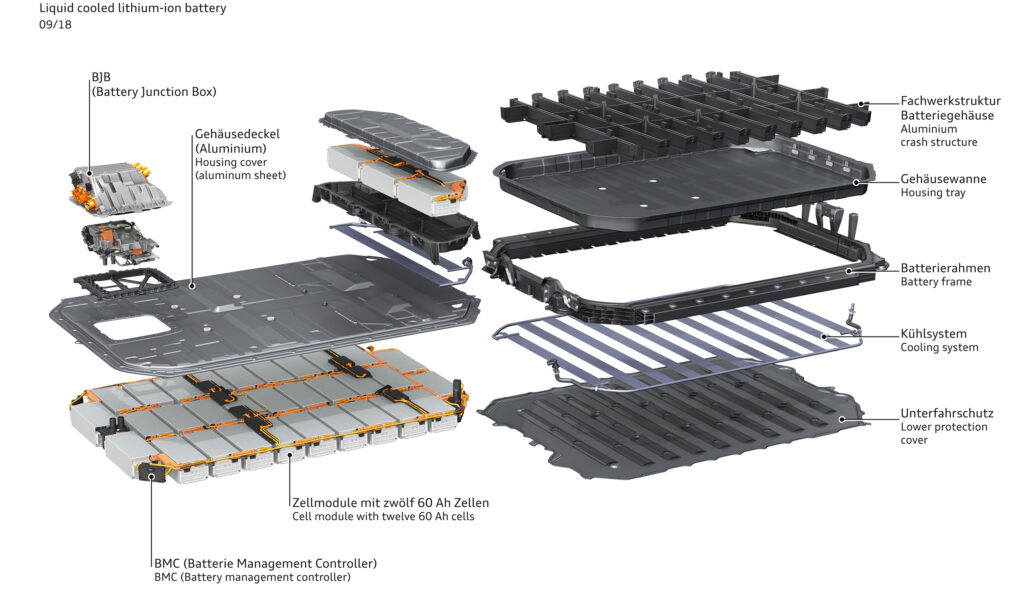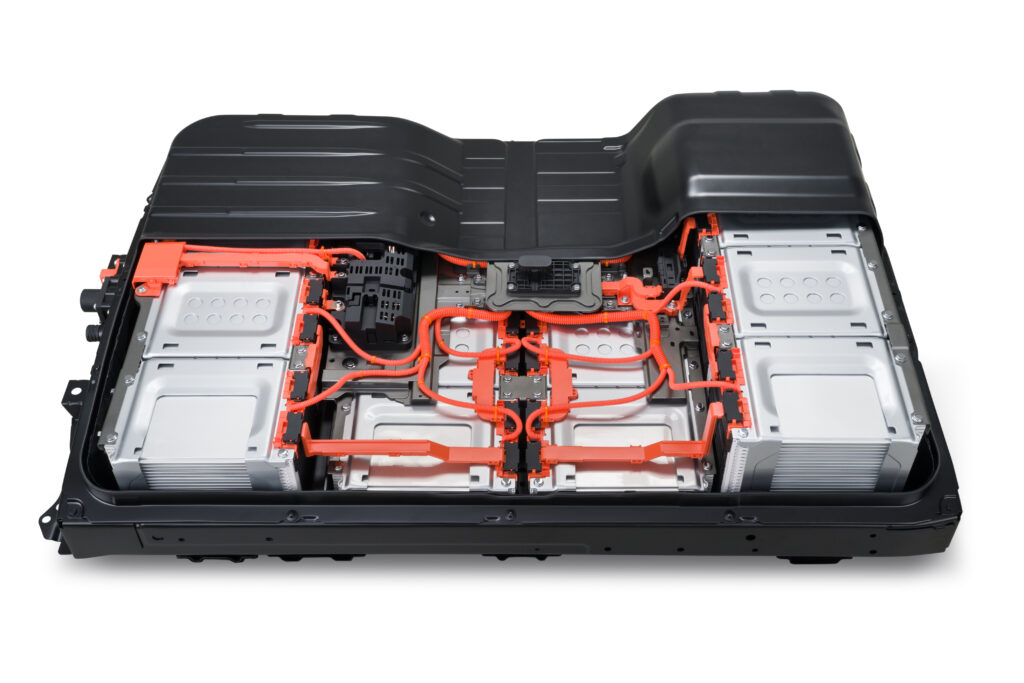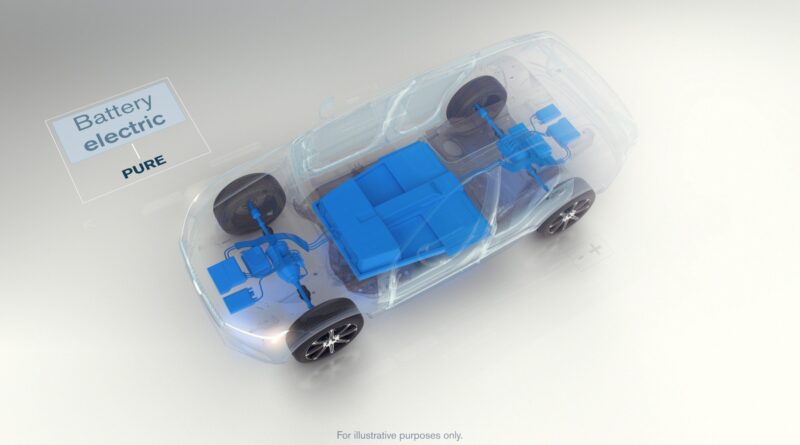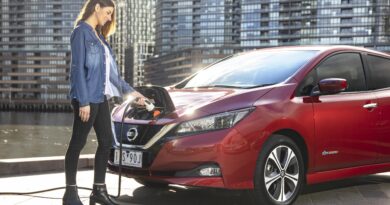Will my battery go flat if I leave my EV parked for too long?
Yes, it will. Especially if “too long” means months rather than weeks.
But there isn’t a short, simple answer to this question that covers all cases all of the time.
The rate at which an EV’s high-voltage lithium-ion traction battery pack, the one that powers the wheels, loses charge if left idle is usually very slow.
EV FAQ: All your electric car questions answered
READ MORE: What happens when an EV runs out of electricity?
READ MORE: Why EVs have a 12V battery – and what happens when it goes flat
In favourable conditions lithium-ion battery packs will lose around 2 to 3 percent of their charge per month. Two factors will speed up the rate of self-discharge. One is high ambient temperatures. The second is a high state of battery charge (there are also other factors, such as activating the Sentry mode on a Tesla, which can chew through plenty of electricity).
Very cold weather, too, can use some battery charge because the battery will use some of its own electricity to warm itself.
Want the latest EV news and reviews delivered to your inbox? Subscribe to our weekly newsletter!
An EV that’s left with a 100 percent charged battery pack in a place where the temperature is 40 degrees will quickly suffer significant loss of charge.
So if an EV will be unused for an extended period, it’s best to park it with the battery around 50 to 80 percent charged in a place where temperatures are moderate.
But…
EVs also have a small 12-volt lead-acid battery, just like those in ICE-powered cars, and this is more likely to be the source of problems if an EV is left for an extended period.
“Vampire losses” is a phrase used by EV owners to describe the way that systems powered by the small 12-volt battery suck charge from the big high-voltage battery pack over time.

While the 12V battery in an ICE-powered vehicle is recharged by its alternator when the engine is running, in an EV the power instead has to come from the traction battery pack.
While an EV’s main battery pack is isolated from the high-voltage circuits that connect it to the motor when the car is switched off for safety reasons, it remains connected to the low-power DC/DC converter that keeps the 12V battery charged.
All modern cars have components that need power from the 12V battery to stay awake even when the vehicle is switched off. Alarms, clocks and central locking sensors are obvious examples. In the case of an EV the list is longer. It will include things like battery pack management systems.
In some EVs the drain can add up. Here’s what Tesla says in the user manual for the Model 3: “Even when the Model 3 is not being driven, its battery discharges very slowly to power the onboard electronics. The battery can discharge at a rate of approximately 1 percent per day, though the discharge rate may vary depending environmental factors (such as cold weather), vehicle configuration and your selected settings on the touchscreen.”
Model 3 owners are advised to take the rate of charge loss into account when, for example, planning to leave their car at the airport while taking a two-week holiday.
But if the car is to be left in a place where a charger is available, say a private garage equipped with a wallbox, then Tesla recommends leaving the car plugged in.

Other EV manufacturers instead recommend leaving the car unplugged. The Nissan Leaf is an example. This prompts the Nissan to enter its battery-conserving sleep mode.
This won’t guarantee that the car will be good to go when its owner returns. There are plenty of stories of Leafs, and other EVs, with dead 12V batteries to be found on enthusiast websites and Youtube channels.
Some owners report having found that connecting the Leaf’s 12V battery to a battery tender or trickle charger is a really good idea if the car isn’t going to be driven for a long while.
Ironically, this is the same kind of precaution that should be taken with an ICE-powered car.




